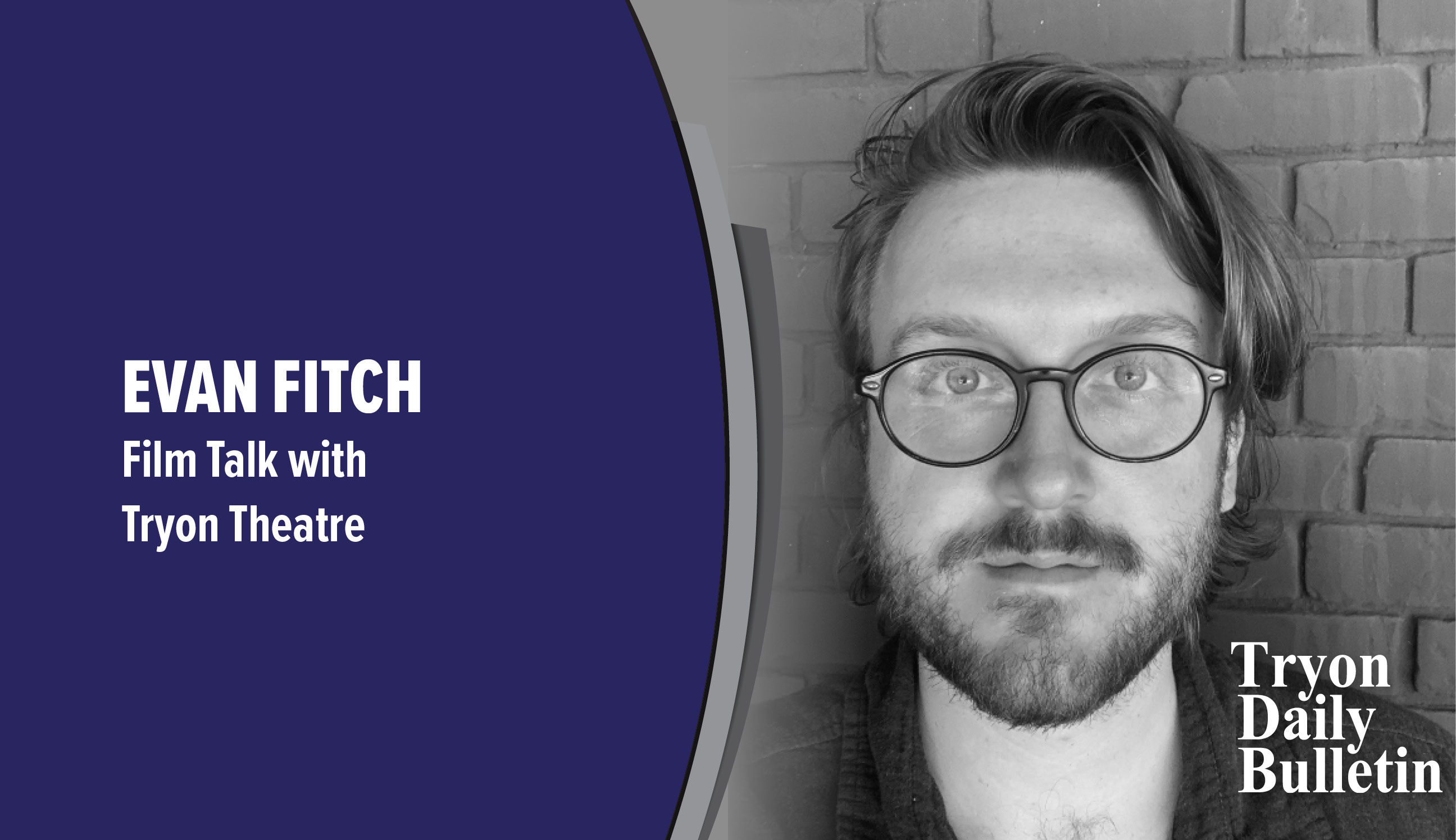Leaving no stone unturned in “See How They Run”
Published 10:49 am Monday, September 26, 2022
|
Getting your Trinity Audio player ready...
|
By Evan Fitch
Gumshoeing its way onto the stage this week at the Tryon Theatre is “See How They Run,” a sincere, loving, and detailed homage to the murder-mystery genre, with a carefully woven mystery to be unraveled for the audience’s enjoyment. This film is a classic whodunnit, taking notes and pages from all the renowned literary mysteries to come before it.
“See How They Run” is steeped in the sensibilities of Christie and Conan-Doyle, even going so far as to cleverly work references to those stories into the film’s dialogue and the names of characters, sometimes subtly, sometimes bluntly. Taking center stage amongst these references is perhaps the most oblique, Agatha Christie’s theatrical juggernaut “The Mousetrap,” the longest-running play to ever grace the boards without interruption.
“See How They Run” opens on the tail of the play’s 100th performance in London’s West End. A brash American director, Leo Kopernick, has arrived in London, hoping to ingratiate himself to the play’s producer, John Woolf, and in doing so, convince him to give the film rights to Kopernick. Kopernick sees the play’s extended tenure on stage as a symptom of its decline, believing a film adaptation (and a rewrite) could breathe fresh life into it, and more importantly, put fresh money in his pocket. Soon after his arrival though, Kopernick’s plans are thrown askew by a murder, his own. Kopernick’s corpse is left on display at the theatre, “staged” to be discovered by others involved in the play, and kicking off a flurry of suspicion and investigation.
Immediately thereafter, the film introduces the characters who will take the viewer’s hand through the labyrinth of mystery: the veteran Detective Stoppard (Sam Rockwell), and the charmingly naive Constable Stalker (Saoirsie Ronan). The duo examine the scene and interview the cast and crew of the play, all of whom soon appear to have their own personal motivations for wanting Kopernick out of the way, some personal, some professional. These motivations are established through character-specific flashbacks, giving us more time to enjoy the criminally sleazy Kopernick as he earns the ire that meant his end.
The investigation, as carried out by Stoppard and Stalker, is rife with intrigue and humor. Stoppard is dry and weary, employing a delightfully contrasting bluntness to the overly wrought language and presence of the actors. Stalker is all inexperience and energy, her enthusiasm taking the reins over her intuition, providing for numerous incorrect, albeit hilarious, “resolutions” to the mystery at hand. The film’s leads are also greatly enabled in their performances by their co-stars.
Each member of the ensemble cast fully inhabits their respective characters, providing robust performances for their interrogations and flashbacks, amidst the investigation. As the investigation plows forward, Stoppard and Stalker uncover ever more twists in the road, and ever more entertaining absurdity, pirouetting downwards in a joyously thrilling spiral. We hope any fan of the murder mystery will join us on this comedically convoluted road and see if they can unravel the mystery ahead of our two investigators.


